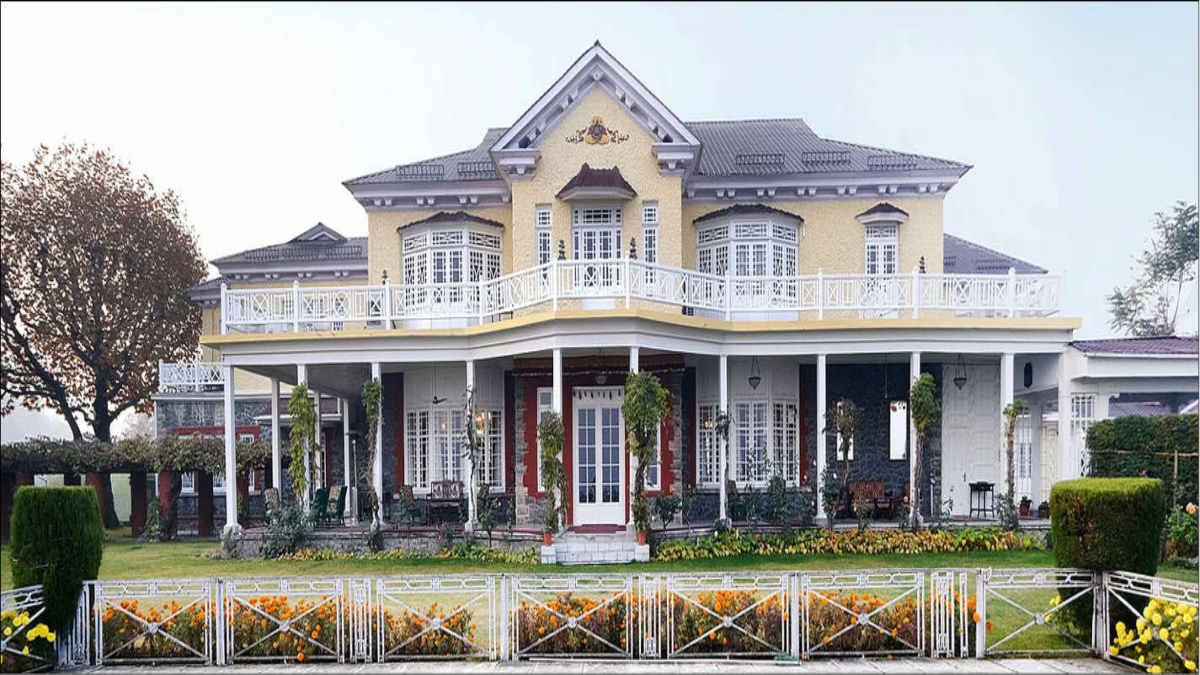


The charming European-style villa that is perched upon Srinagar’s Shankaracharya Hill overlooking the Dal Lake is no ordinary mansion. Constructed in the 1920s as Karan Mahal, it served as the residence of Dr Karan Singh, the then crown prince of Jammu & Kashmir.
A charismatic leader of legendary stature, Dr Karan Singh served as Jammu & Kashmir’s Head of State and Governor for nearly two decades before moving to the national capital to form Indira Gandhi’s cabinet. Having worn the prestigious garb of Raj Bhawan or the Governor’s Residence of Jammu & Kashmir, this quaint estate of his has made its mark on history for hosting the swearing-in ceremonies of many state dignitaries. In addition, Karan Mahal has welcomed the diplomatic visits of renowned historical figures such as Edwina Mountbatten and Pandit Nehru Nikita Khrushchev, Rajendra Prasad, Indira Gandhi and Joseph Campbell.




At its centenary, this historic residence of the Dogra Rajputs has been reinvented as a luxury hospitality venture by Dr Karan Singh’s elder son, Yuvraj Vikramaditya Singh, and daughter-in-law, Yuvrani Chitrangada Raje. Veterans in hotel trade and hospitality, the duo is famously known for their erstwhile custodianship of Taragarh Palace, their ancestral dwelling amidst Kangra’s tea estates. With their latest reinvention of Karan Mahal, Yuvraj Vikramaditya and Yuvrani Chitrangada Raje have tastefully rendered it as the hospitality industry’s latest buzzword.
Comprising of seven luxurious guest rooms and three lavish suites each with a private balcony, every section of Karan Mahal opens up to unparalleled views of the Zabarwan and Pir Panjal ranges. Its antique drawing and dining rooms breathe in the air of imperial glory with handcrafted wooden ceilings fastened with opulent crystal chandeliers. Handwoven Kashmiri carpets, exquisite artefacts and art deco furniture collectively thrive to tell stories from yesteryears, and indeed, it is here that one gets to relive tiny fragments of history that the world only got to read about thus far. When it comes to extending their hospitality, the regal house of Kashmir leaves no stone unturned.
A completely immersive experience is garnered further by their age-old familial recipes that range from traditional Dogra, Nepalese and Kashmiri dishes. Given their diverse ancestral roots in the various Himalayan regions of India and Nepal and even in Gwalior, Jammu & Kashmir’s present-day scions cherish these culinary legacies that are now open to being savoured by one and all.